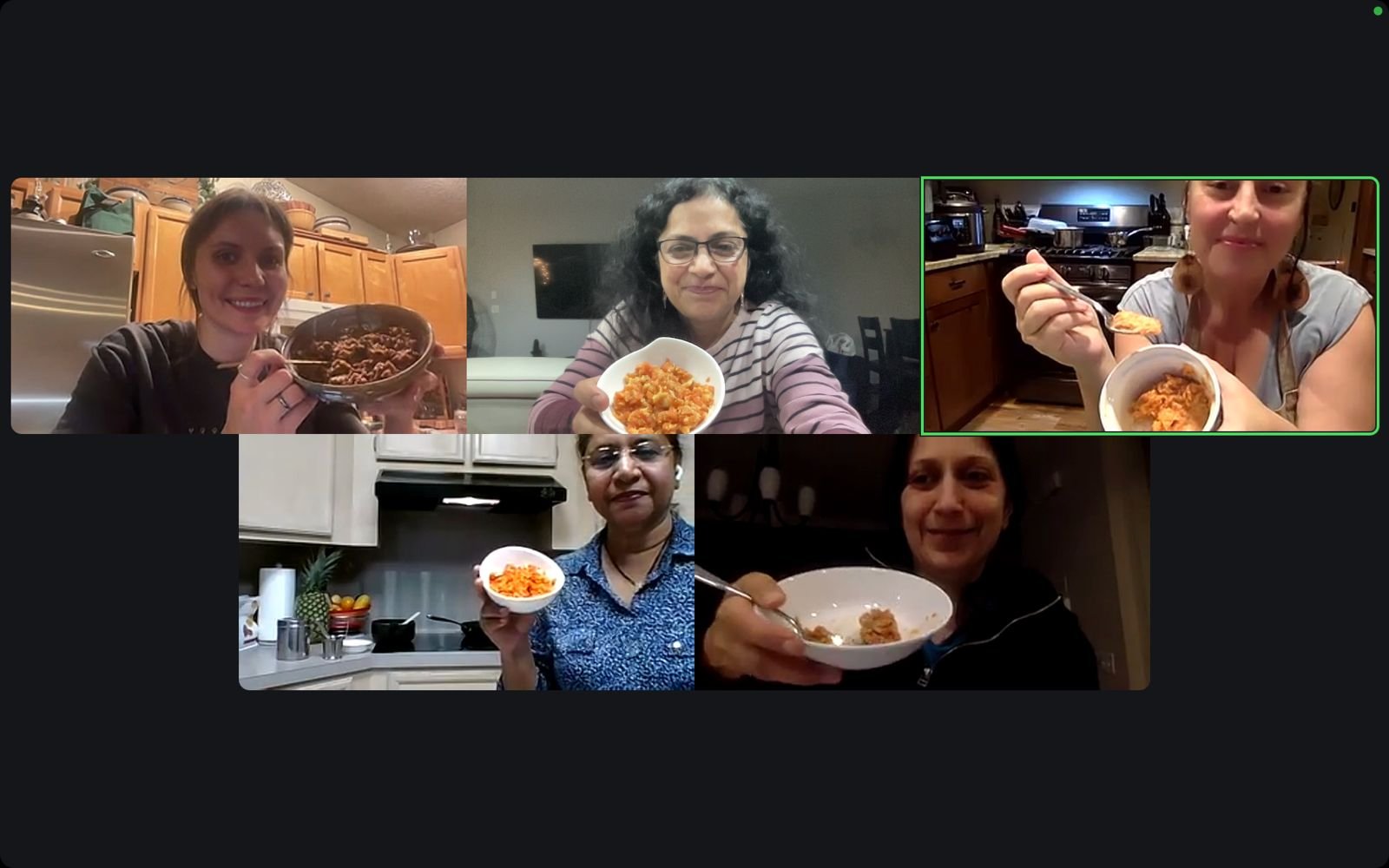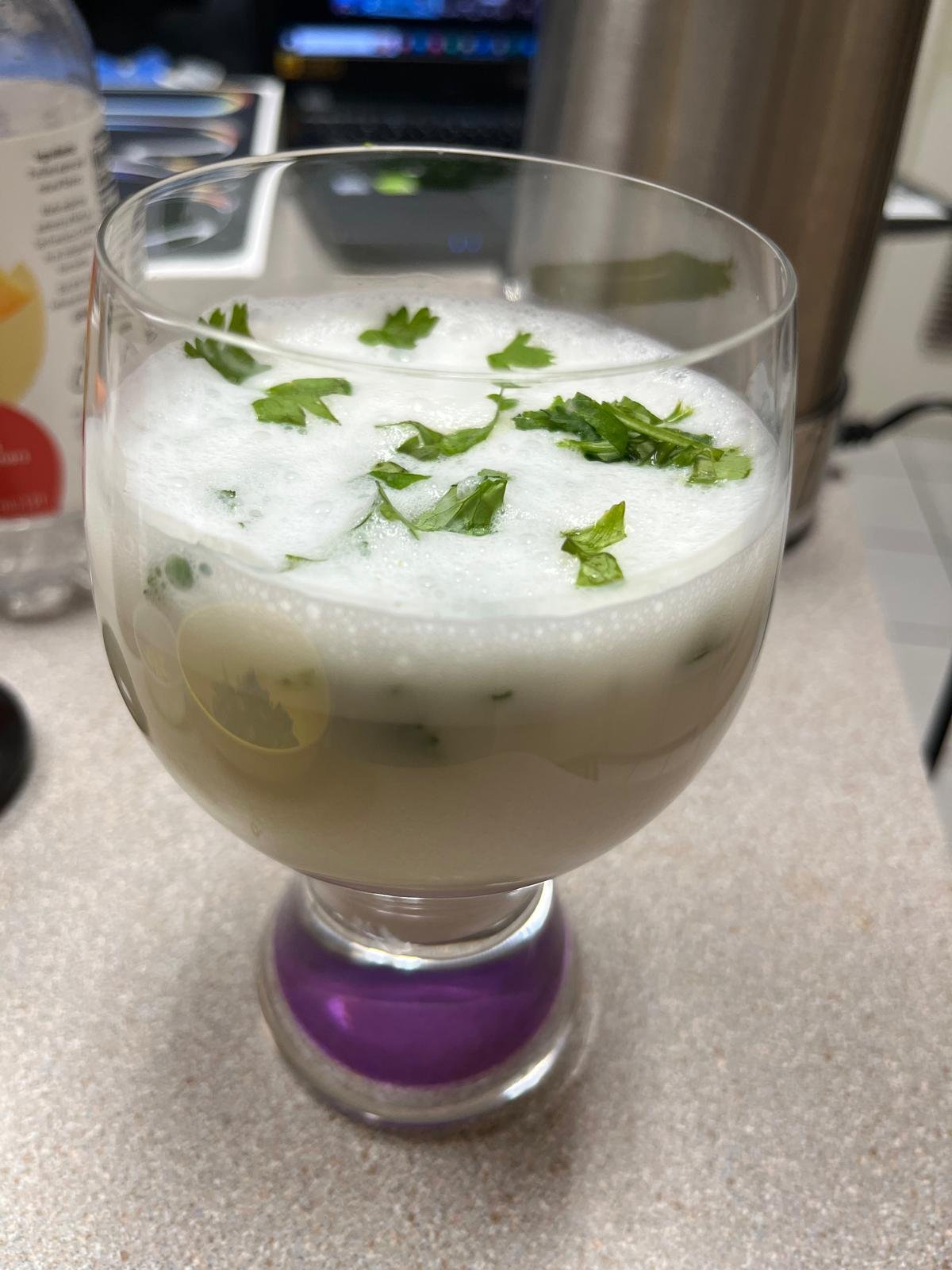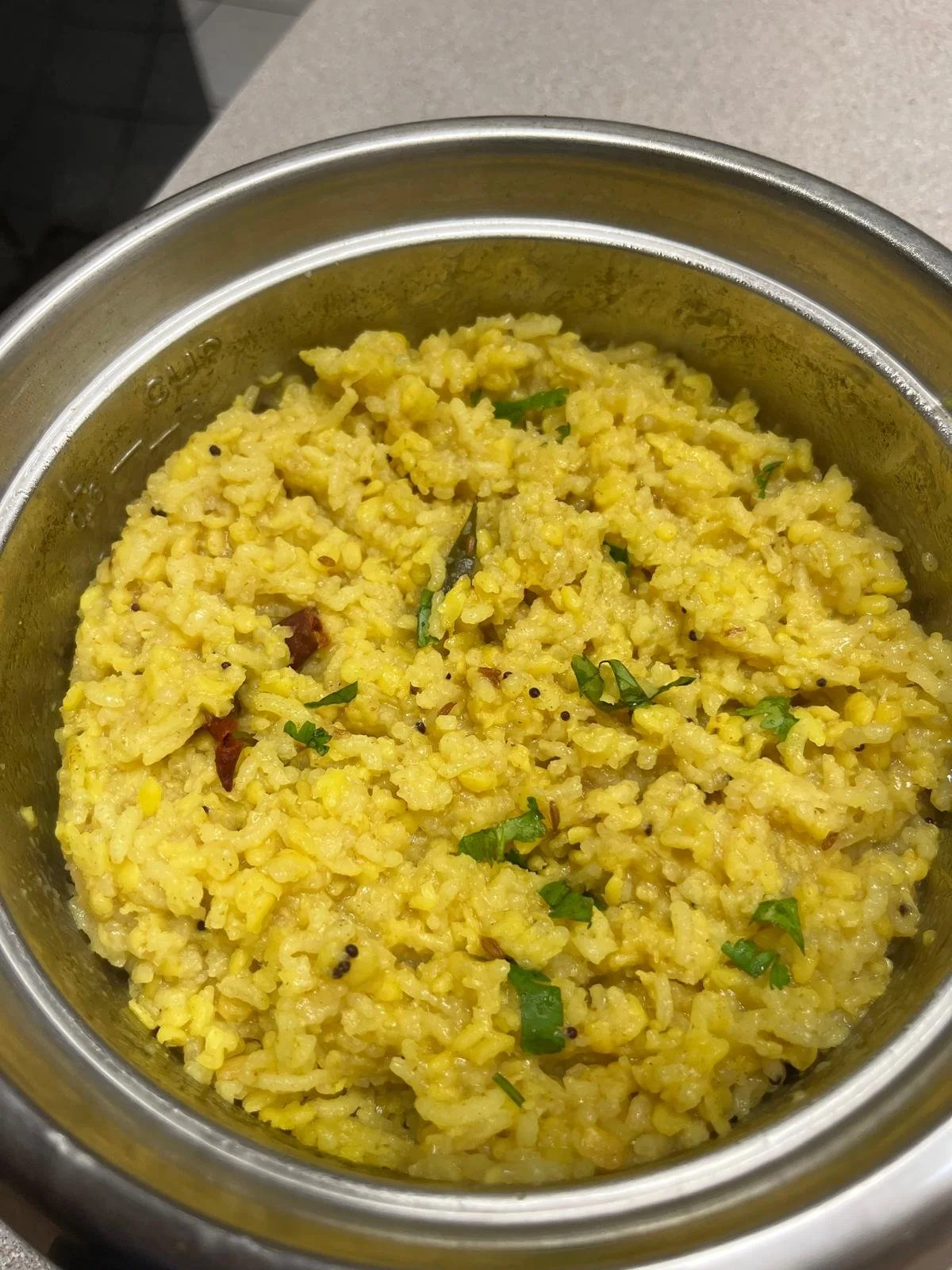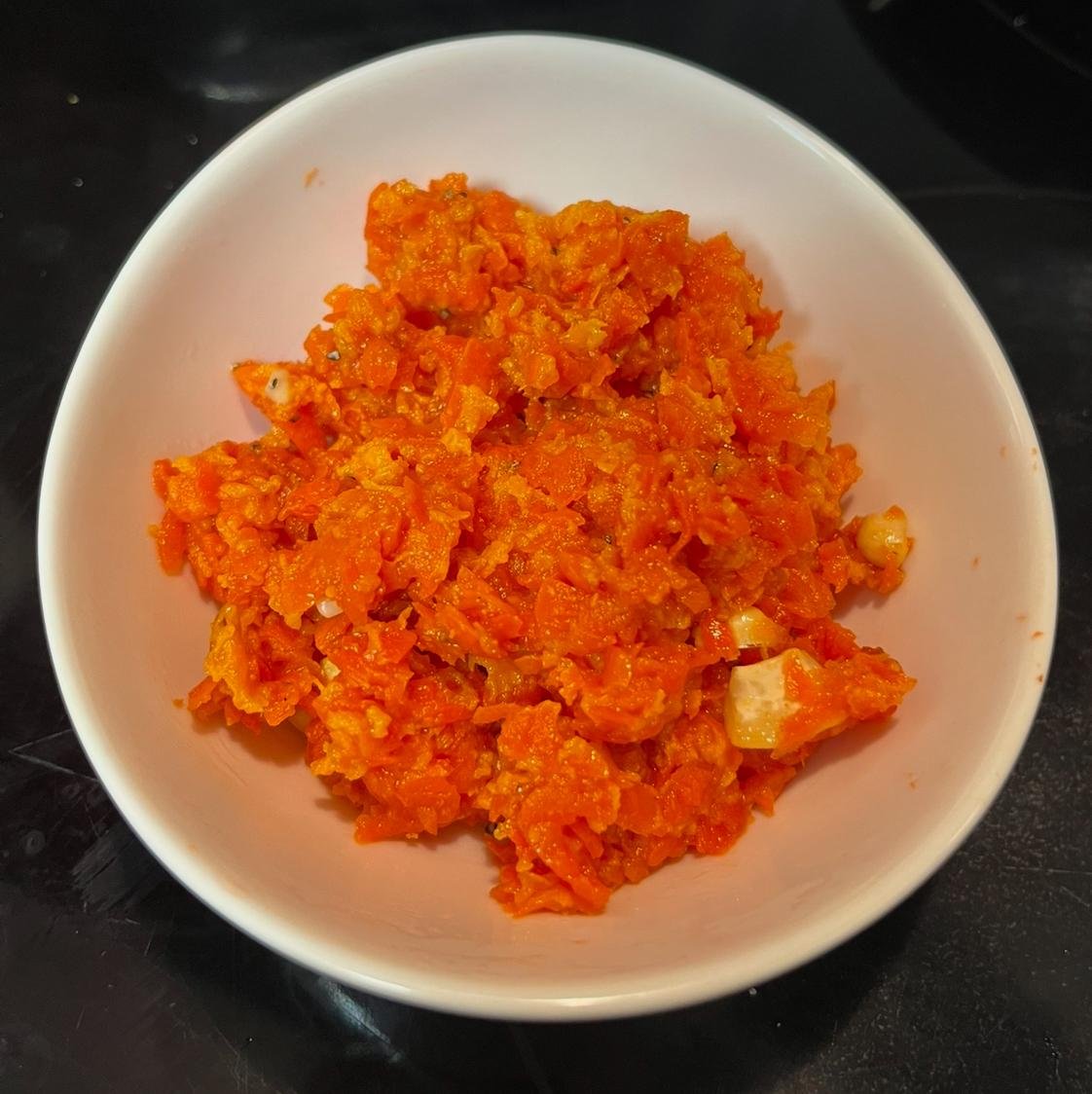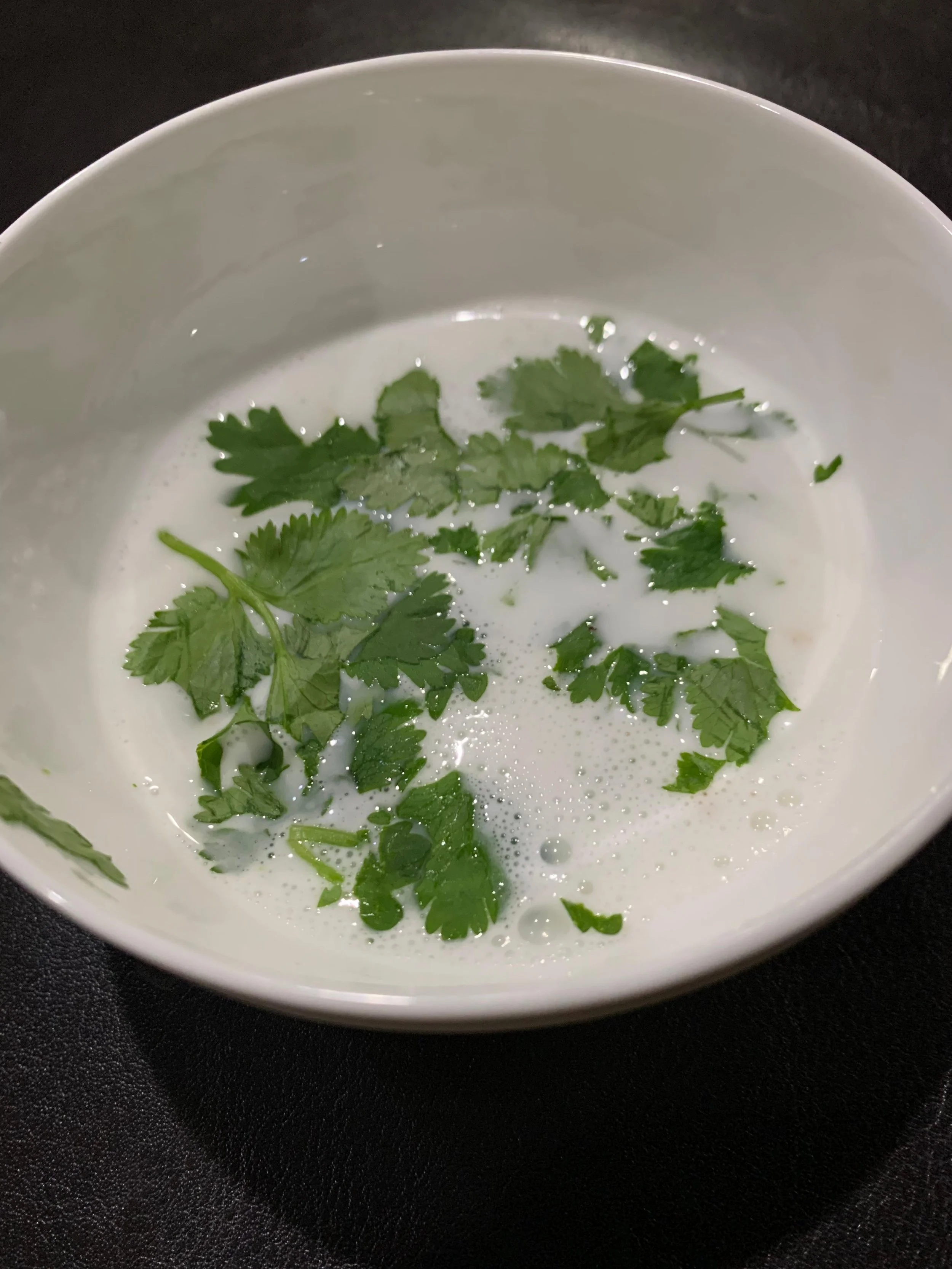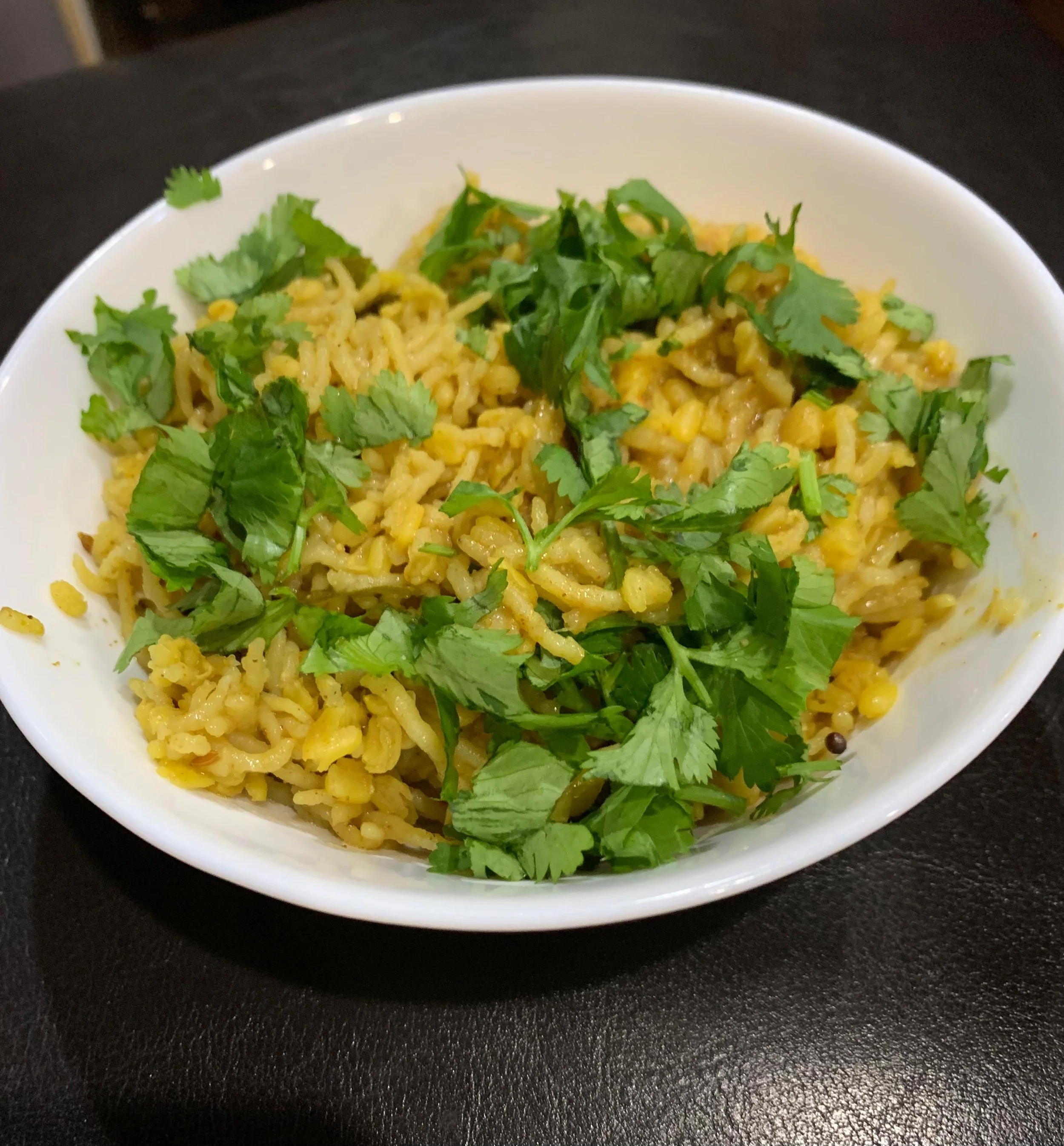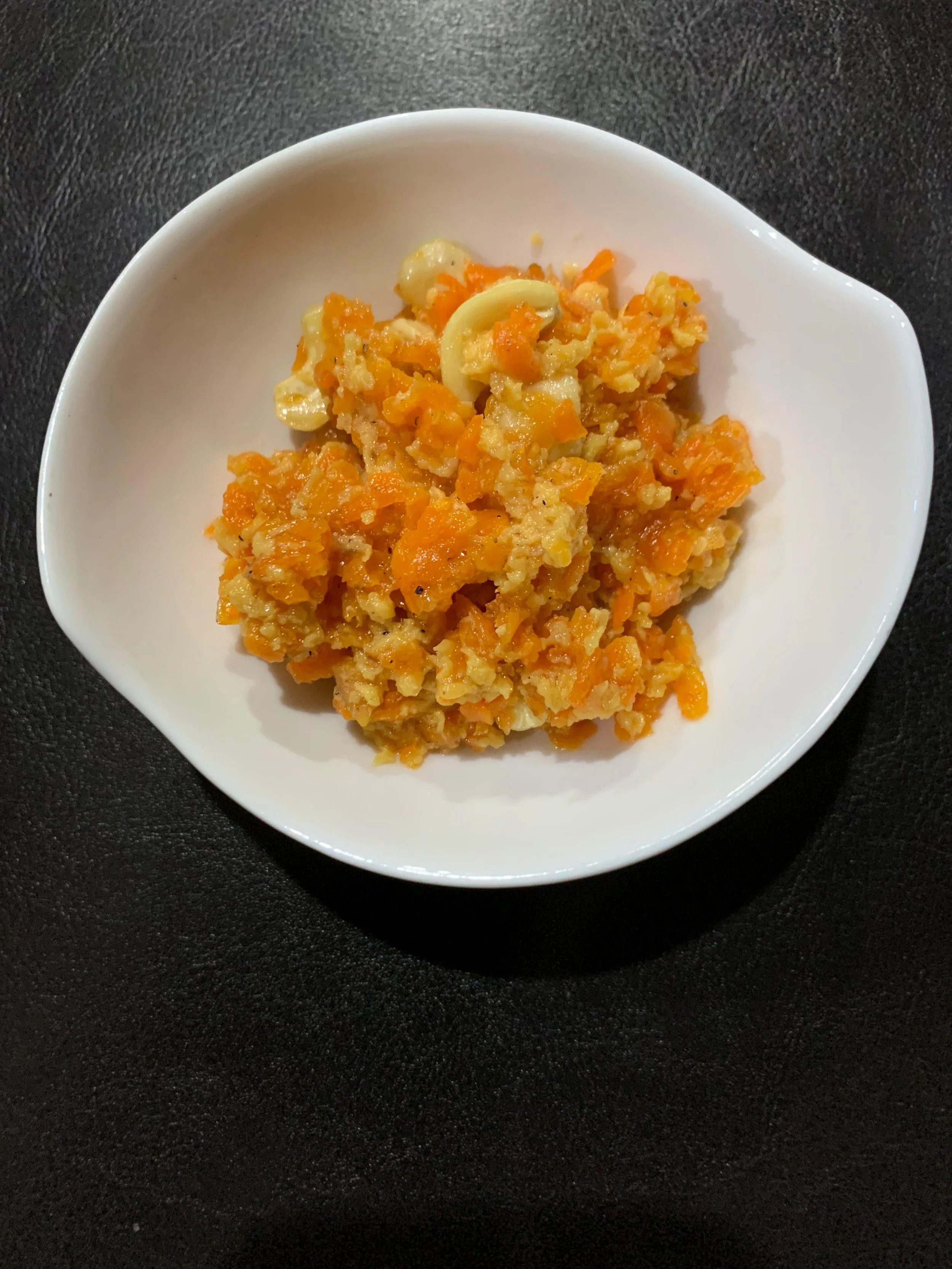Nourishing Vata: Healthy Fall and Thanksgiving Recipes
As the crisp air of fall settles in, the qualities of Vata dosha — light, dry, cool, and mobile — can become more pronounced. People with a dominant Vata constitution may notice dryness in skin and hair, irregular digestion, restlessness, or low energy during this season. Ayurveda, the ancient system of holistic healing, emphasizes the importance of seasonal balance, offering diet and lifestyle strategies tailored to each dosha.
At an Ayurveda School in Midwest, students learn that fall is a Vata aggravating season. The dry air, fluctuating temperatures, and windiness can disturb Vata’s natural equilibrium. By incorporating warm, grounding, and nourishing foods, you can maintain balance, vitality, and wellness throughout the season — including during Thanksgiving celebrations.
Understanding Vata and Seasonal Needs
Vata governs movement, creativity, and communication in the body and mind. When in balance, it promotes flexibility, energy, and a lively spirit. When aggravated, Vata can lead to dryness, anxiety, insomnia, and digestive disturbances.
During fall, Vata is particularly susceptible because the environment mirrors its qualities: cold, dry, and windy. Ayurveda recommends meals that are:
Warm and cooked: Soups, stews, and roasted dishes.
Moist and oily: Use healthy oils like ghee, sesame, and coconut oil.
Sweet, sour, and salty tastes: These pacify Vata while nourishing the body.
Thanksgiving, with its abundance of food and family gatherings, is the perfect opportunity to integrate Vata-balancing recipes that honor both tradition and wellness.
Vata-Balancing Breakfast Ideas
Warm Spiced Oatmeal
Cook oats with whole milk or almond milk, adding warming spices like cinnamon, cardamom, and nutmeg. Top with soaked raisins, chopped dates, and a drizzle of ghee for grounding energy.Quinoa Porridge with Nuts
Quinoa is light yet protein-rich. Cook with water or milk, adding cooked apples, pumpkin puree, and a pinch of ginger. Sprinkle crushed walnuts or almonds for added healthy fats.Ghee-Sautéed Vegetables with Soft Polenta
Polenta provides warmth and comfort, while lightly sautéed seasonal vegetables like zucchini, carrots, and spinach add moisture and nourishment.
Vata-Friendly Lunch Recipes
Pumpkin and Lentil Soup
Pumpkin, rich in antioxidants, is excellent for fall. Combine it with red lentils, ginger, and turmeric for a warming, grounding soup. Add a swirl of ghee before serving for optimal Vata balance.Sweet Potato and Carrot Stew
Slow-cooked sweet potatoes and carrots with cumin, coriander, and a touch of black pepper make a hearty, nourishing meal. Serve with warm bread or steamed rice.Millet Khichdi
Khichdi, a traditional Ayurvedic comfort food, combines rice, mung beans, and seasonal vegetables. Season with turmeric, ginger, and ghee to soothe the digestive system and calm Vata energy.
Thanksgiving-Inspired Vata Recipes
Thanksgiving meals can be adapted to keep Vata balanced without missing the festive spirit:
Stuffed Butternut Squash
Hollowed butternut squash stuffed with cooked quinoa, sautéed mushrooms, cranberries, and warming spices makes a colorful, nourishing centerpiece.Maple-Roasted Root Vegetables
Carrots, parsnips, sweet potatoes, and beets roasted with olive oil, cinnamon, and a touch of maple syrup are naturally sweet, grounding, and warm.Vata-Friendly Stuffing
Traditional stuffing can be modified by using cooked oats or rice with sautéed onions, celery, cranberries, and a generous drizzle of ghee. This makes it moist, warm, and balancing for Vata.Cranberry-Apple Compote
Cook cranberries with chopped apples, cinnamon, and a bit of jaggery or honey. Serve warm as a side dish or dessert — it adds a sweet, sour, and grounding flavor.
Vata-Balancing Beverages
Warm Spiced Herbal Teas: Ginger, cinnamon, licorice root, or cardamom teas help keep the body warm and digestion smooth.
Golden Milk: Warm milk with turmeric, black pepper, and a pinch of nutmeg is grounding, nourishing, and calming.
Warm Water with Lemon and Honey: Sipped in small quantities in the morning, it gently stimulates digestion without aggravating Vata.
Tips for Maintaining Vata Balance During Fall
Eat at Regular Times: Irregular meals can increase Vata imbalance. Try to eat warm, nourishing meals at consistent times.
Include Healthy Fats: Ghee, sesame, and coconut oil help combat dryness and support energy levels.
Favor Warm, Cooked Foods: Avoid raw salads and cold drinks, which can aggravate Vata’s cool, dry qualities.
Stay Hydrated: Sip warm water or herbal teas throughout the day.
Mindful Eating: Chew slowly, enjoy your meals, and practice gratitude — this supports digestion and mental clarity.
Seasonal Rituals for Vata Health
At an Ayurveda School in Midwest, students learn that fall is not just about diet, but also lifestyle practices to keep Vata balanced:
Abhyanga (Self-Massage): Daily warm oil massage soothes dry skin and calms the nervous system.
Gentle Exercise: Yoga, walking, or light stretching keeps Vata mobile without overexertion.
Adequate Rest: Longer nights in fall require early bedtime to replenish energy.
Meditation and Pranayama: Deep breathing and grounding meditation reduce anxiety and mental restlessness.
By combining diet, lifestyle, and mindful practices, you can enjoy the crisp, festive fall season while keeping your Vata balanced and energized.
Enjoying a Healthy Thanksgiving
Thanksgiving is a time to gather, reflect, and give thanks. By incorporating Vata-balancing recipes, you can enjoy the holiday without compromising your well-being. Warm soups, roasted root vegetables, grounding grains, and moderate use of healthy fats help keep your mind calm and your body nourished.
At an Ayurveda School in Midwest, we emphasize that Ayurveda is not about restriction, but about mindful celebration — honoring tradition while maintaining balance. With a little planning, your Thanksgiving feast can be both festive and supportive of your dosha.
Remember, Ayurveda teaches that health is holistic — it is about nourishing the body, calming the mind, and honoring the spirit. This fall, as you enjoy the changing leaves and festive meals, embrace gratitude, warmth, and nourishment in every bite.
Conclusion
Fall and Thanksgiving offer a wonderful opportunity to focus on wellness and gratitude. By following simple Vata-balancing recipes and Ayurvedic practices, you can enjoy the season’s flavors while supporting your energy, digestion, and overall well-being. Warm, moist, and grounding foods, combined with mindful habits, ensure that your Vata dosha remains balanced, energized, and happy throughout the season.
For more guidance on Vata-balancing meals, seasonal wellness, and holistic practices, connect with experts at an Ayurveda School in Midwest — where ancient wisdom meets modern lifestyle.

